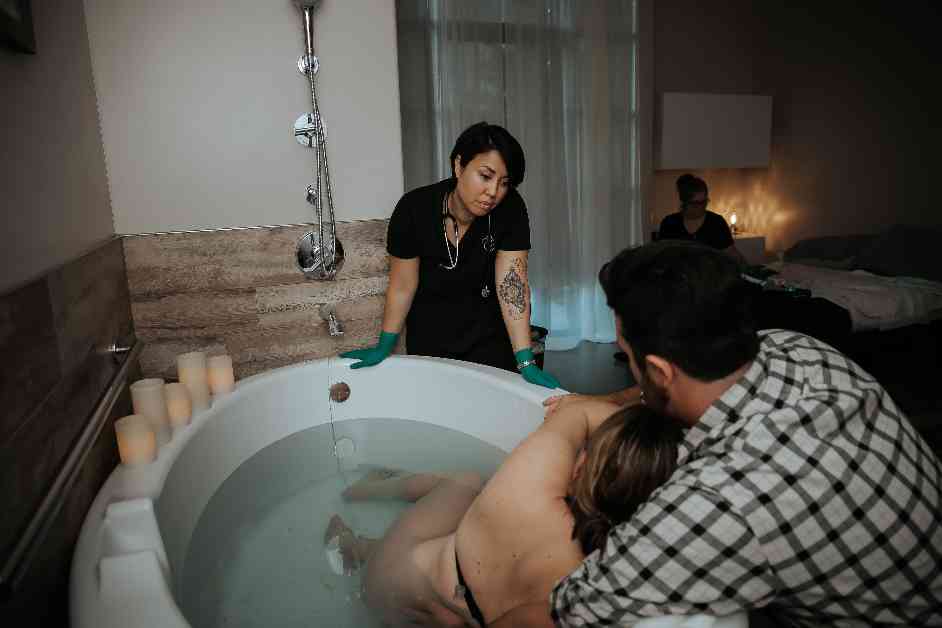California Midwives Push for Birth Center Legislation Amid Maternity Care Crisis
Jessie Mazar clenched her husband’s truck handle, enduring painful contractions on the lengthy 90-minute journey from her rural home in northeastern California to the nearest hospital equipped with a maternity unit. What should have been a seven-minute drive to Plumas District Hospital in Quincy became an arduous trek due to the facility’s discontinued birthing services.
In a bid to address the escalating challenges faced by expectant mothers across California, local officials proposed establishing a birth center in Quincy, managed by midwives with medical backup readily available. However, bureaucratic hurdles at the state level have stalled the approval of this much-needed facility, leaving women like Mazar with limited options for safe deliveries amid the closure of maternity units in hospitals statewide.
Challenges Faced by Midwives
The closure of 56 maternity units in California over the past twelve years, coupled with regulatory barriers obstructing the swift establishment of birth centers, has created a crisis in maternity care accessibility. Midwives lament that the stringent licensing process for birth centers poses unnecessary risks to mothers and babies, forcing expectant parents to endure long and perilous journeys for childbirth.
Proposed Legislative Solutions
State Assembly member Mia Bonta has stepped in to advocate for legislative reforms aimed at expediting the licensing process for birth centers. Emphasizing the potential for improved maternal and infant outcomes, Bonta’s proposed bill seeks to streamline regulatory requirements, offering a ray of hope for midwives and expectant families grappling with the repercussions of maternity unit closures.
Hope on the Horizon
Despite the regulatory roadblocks hindering the operation of birth centers, innovative models like the “Plumas model” are emerging to navigate existing legal frameworks creatively. By leveraging flexibility provisions to address critical issues such as proximity to obstetrics units, local stakeholders are pioneering solutions that could pave the way for broader reforms in maternity care provision across the state.
In the face of mounting challenges and regulatory constraints, midwives like Bethany Sasaki and Caroline Cusenza are championing the cause of accessible and safe maternity care, underscoring the urgent need for legislative action to support the vital services they provide to communities in need.
As the debate surrounding birth center regulations intensifies, the future of maternity care in California hangs in the balance. Will lawmakers heed the calls for reform and prioritize maternal health, or will bureaucratic red tape continue to impede access to essential birthing services for countless families? The stakes are high, and the time for action is now.
Let’s not forget that behind the statistics and policy debates are real people like Jessie Mazar, whose harrowing journey to give birth underscored the pressing need for comprehensive reforms in maternity care. As we navigate the complexities of healthcare legislation, let’s remember the human stories that drive our quest for a more equitable and accessible healthcare system.

















